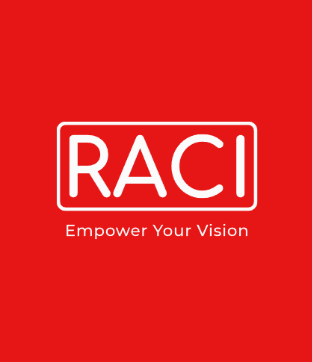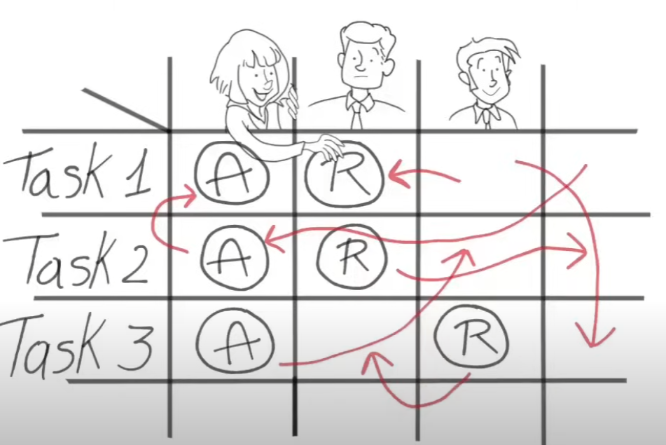RACI charts in agile project management: a necessary tool or a hindrance?
In the world of project management, the raci framework has long been a popular tool for defining roles and responsibilities within a team. RACI stands for Responsible, Accountable, Consulted, and Informed – four key roles that individuals can take on within a project. In agile project management, where flexibility and adaptability are key, the use of RACI charts has been a topic of debate. Some argue that they are a necessary tool for clarifying expectations and ensuring accountability, while others believe they can be a hindrance that stifles creativity and innovation.
Proponents of RACI charts in agile project management argue that they provide a clear structure for team members to understand their roles and responsibilities. By defining who is responsible for each task, who is ultimately accountable for its success, who needs to be consulted before decisions are made, and who needs to be informed about progress, RACI charts can help avoid confusion and ensure that everyone is on the same page. In the fast-paced world of agile project management, where priorities can shift rapidly and teams are constantly working on multiple tasks at once, having this clarity can be crucial for success.
Additionally, RACI charts can help prevent bottlenecks and ensure that decisions are made swiftly. By clearly outlining who needs to be consulted before a decision can be made, teams can avoid unnecessary delays and maintain momentum. This can be especially important in agile project management, where speed and efficiency are key.
However, critics of RACI charts argue that they can be a hindrance in agile project management. They argue that the rigid structure imposed by RACI charts can stifle creativity and innovation within a team. In agile project management, teams are encouraged to be self-organizing and collaborative, with team members taking on multiple roles and working together to find solutions. RACI charts can create unnecessary bureaucracy and hierarchy, limiting the autonomy of team members and hindering their ability to work together effectively.
Ultimately, the use of RACI charts in agile project management will depend on the specific needs and dynamics of the team. For some teams, RACI charts may be a necessary tool for providing clarity and accountability. For others, they may prove to be a hindrance that stifles creativity and collaboration. As with any tool in project management, it is important to carefully consider the benefits and drawbacks of using RACI charts and ensure that they are implemented in a way that supports the overall goals of the project.
For more information on raci framework contact us anytime:
RACI Consulting | RACI Training
https://www.raci.com/
Melbourne, Australia
RACI Consulting offers a wide range of RACI educational and training tools. Specializing in business efficiency solutions, we provide low-cost subscription services.
Unlock the secrets to successful teamwork with RACI.com – the ultimate tool for clarifying roles and responsibilities in any project or organization. Stay ahead of the game and achieve your goals with RACI.com!


